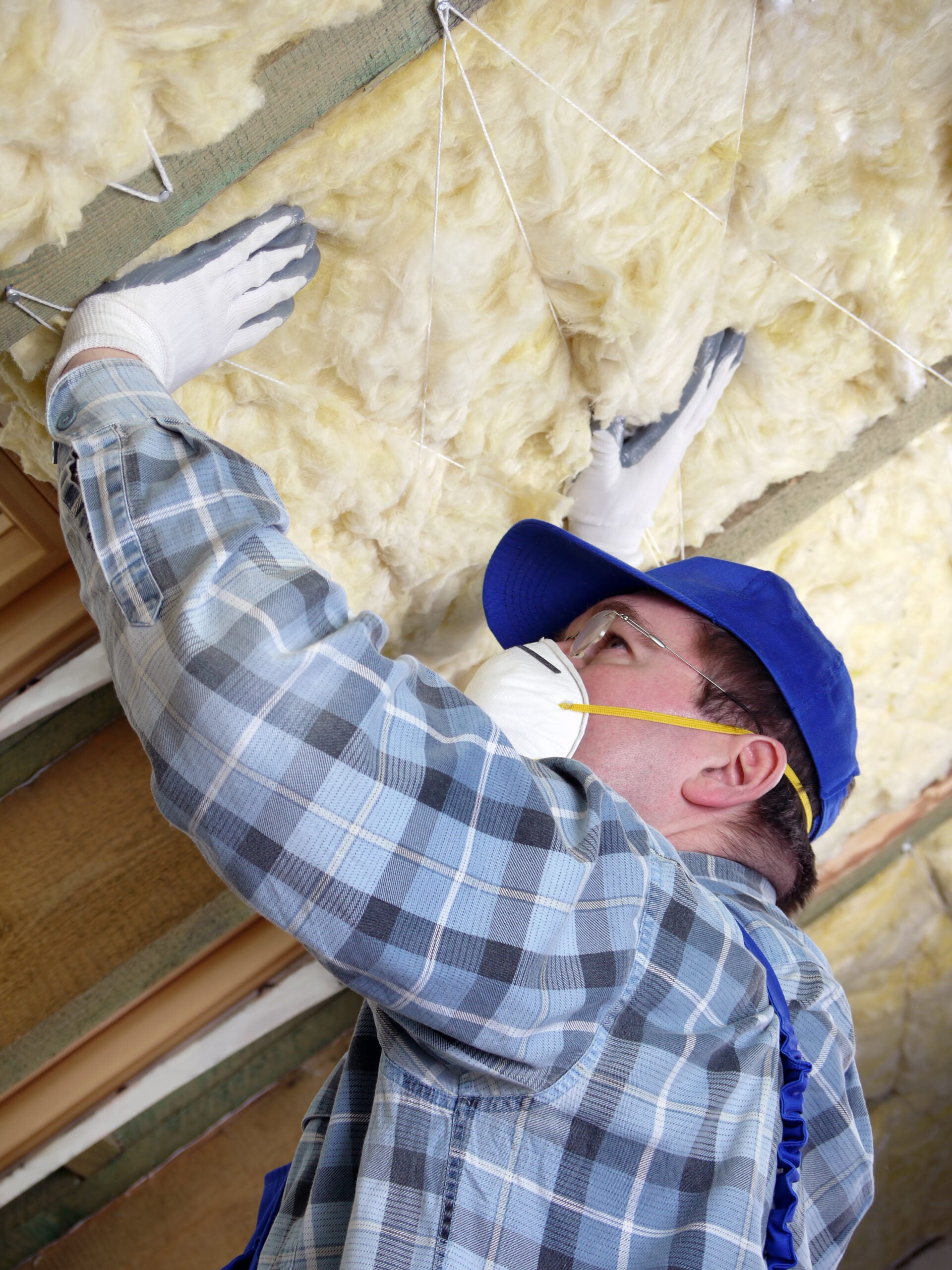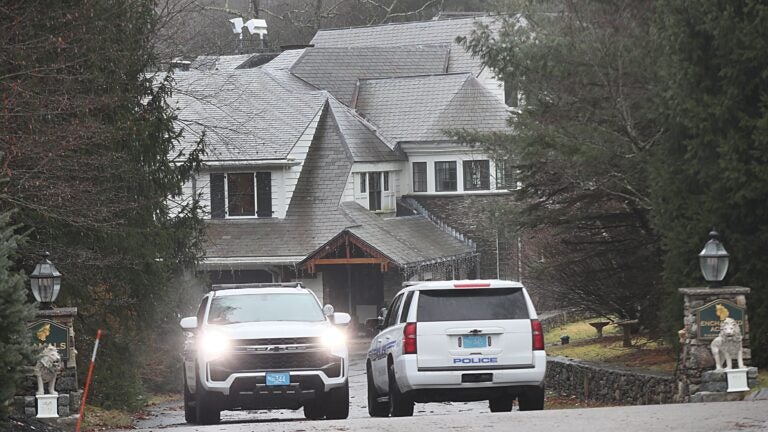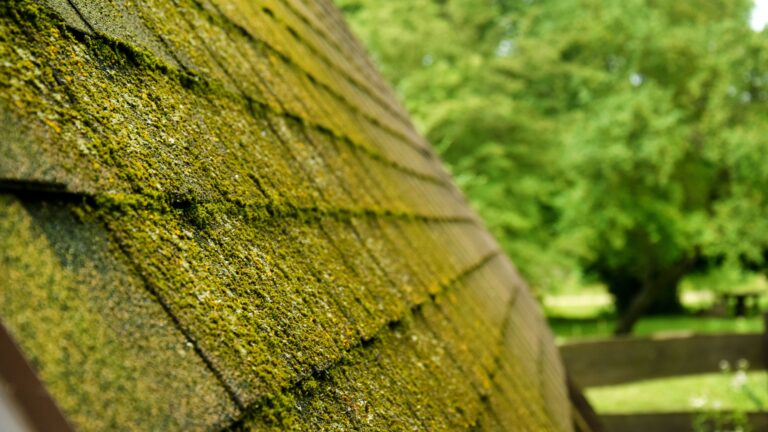Ask the Carpenter: Where you should insulate may surprise you
Ask the Carpenter's Rob Robillard tackles readers' questions about cold attics and kitchens. Get more home improvement advice at realestate.boston.com.

Q. I have an attic that was just remediated for vermiculite insulation. It is wide open. A company said I should insulate the roof rafters instead of the joists (the floor) and board up the ridge and gable vents. I have never heard of this. I have a new air-conditioning unit, so maybe it won’t be as hot in the summer this way (heat rises), but heating the attic doesn’t sound very economical in the long run. Please advise.
BILL G.
A. I just did this same thing on a project; I used spray foam insulation on the rafters and left the floor uninsulated. There are several benefits to doing this.
Adding insulation to the rafters and gable walls will hinder the transfer of heat between the living quarters of your home and the attic.
In the winter, heat rises and passes into the attic through the ceiling by conduction or radiation, or through direct air leaks. If your attic is not insulated at the rafters, that heat is lost and ice dams could form. Lost heat also causes your furnace to run longer.
In summer, a hot attic will radiate heat into the rooms below, making your air-conditioning run longer or cycle more often, causing more wear and tear on the unit.
Spray-foam insulation overhead in the rafters creates a conditioned attic space, while insulation in the floor system creates an unconditioned attic area.
If you have an HVAC unit or ductwork in the attic, then those are exposed to both temperature extremes. In the summer, hot ductwork takes away cool air inside the piping. In the winter, cold ductwork takes away from the warm air inside, and you run the risk of frozen pipes.
You won’t be wasting heat by not insulating the floor. If you are still concerned, use spray-foam insulation on the rafters and Fiberglas insulation on the floor to separate your home and attic heating zones.
Q. My husband and I incorporated a pantry and an enclosed back porch into a kitchen gut renovation many years ago, putting on a 4-by-4-foot addition and squaring off the back porch to the house. There’s no foundation under the addition. It abuts our home’s foundation on one side and the bulkhead’s foundation on another. The other sides are open with a concrete support post between them. The floor that overhangs this space gets really cold in the winter, so we thought it would help to “enclose’’ the addition. Our thoughts to accomplish this:
■ Lay heavy mil plastic on the ground as a moisture barrier and put concrete pavers on top to keep it in place (not sure the pavers are really needed);
■ Dig a small trench on the two open sides and lay concrete blocks from the ground up to the floor of the addition (cementing between layers and between blocks — probably three layers worth of blocks – like a foundation but not built down into the ground);
■ Fill the area with Fiberglas batting or some other more appropriate insulating material;
■ Seal the exterior blocks with a skimcoat of concrete.
The house was built in 1907 and has a fieldstone basement. That stone is exposed above grade with a skimcoat of concrete.
What do you think we should do?
KAREN KITA
A. Your approach would fail over time. I would open the floor cavity from below, add spray-foam insulation, close it up with ½-inch pressure-treated plywood, and call it a day. You can also apply spray foam to the rim joist in the basement to prevent air leaks around the fieldstone and house sill.
I would also look for ways to bump up the heat in your kitchen. Area rugs also help.
Rob Robillard is a general contractor, carpenter, editor of AConcordCarpenter.com, and principal of a carpentry and renovation business. Send your questions to [email protected] or tweet them to @robertrobillard. Subscribe to our free real estate newsletter at pages.email.bostonglobe.com/AddressSignUp.






Conversation
This discussion has ended. Please join elsewhere on Boston.com